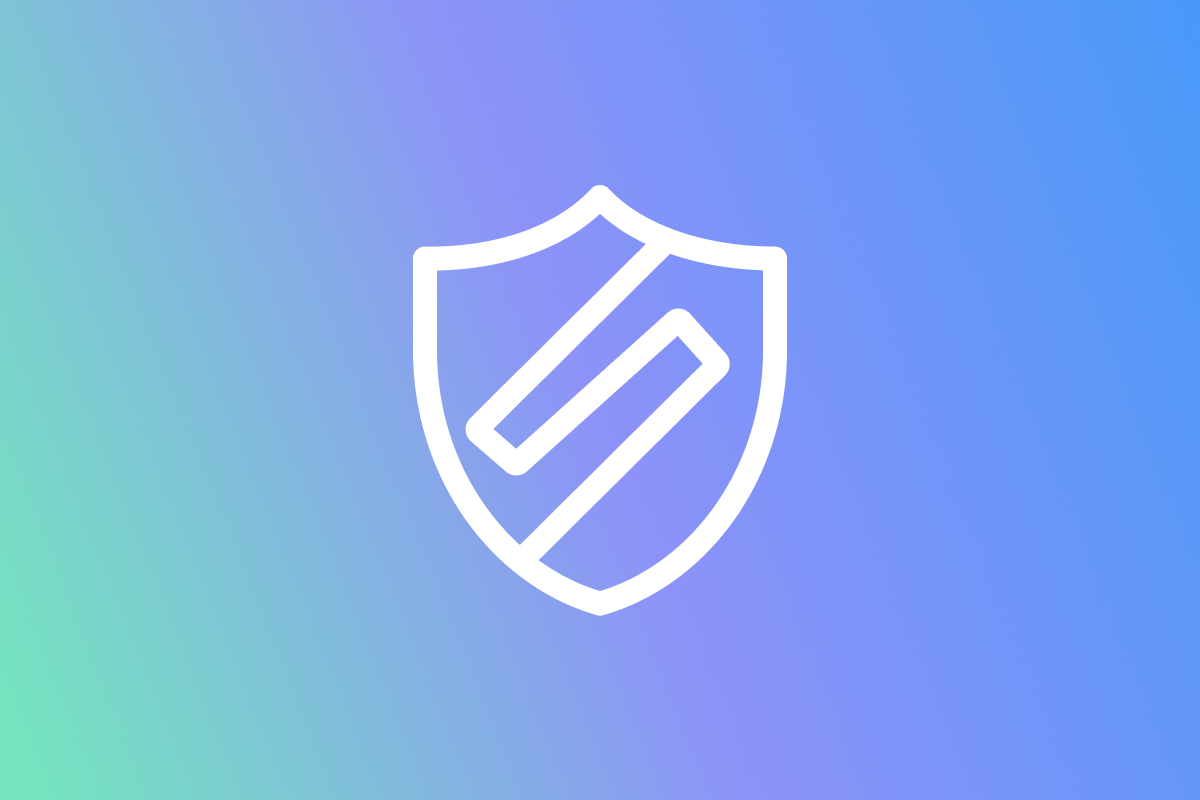Hackers can strike any institution at any time. While banks and investment firms have state of the art cyber security, they’re also huge targets. Hackers constantly poke and prod these institutions, searching for a weakness. Don’t leave yourself unprotected. There are steps you can take, safety nets you can deploy so that your financial security isn’t put at risk. Here’s a look at some of the tools you can use, and some of the scams hackers use.
Identity Theft Safeguards
Identity theft can cost you more than your financial security. It can cost you years of your life as you sort through paperwork from credit unions, banks, and investment firms. However, there are companies on your side, such as Lifelock. Lifelock provides round the clock monitoring of your lines of credit, bank accounts, financial investments and even your good name and social security number. Without Lifelock, if your identity was stolen, you’d be faced with a lengthy process of recovery with credit unions and credit card companies, but with Lifelock you be notified the problem will be caught before it snowballs.
Phishing
This doesn’t have anything to do with catching your dinner. In fact, a phishing scam can drain your bank accounts and lock you out of your own financial accounts. A phishing scam is when a hacker creates a website that identical to the site you have an account on. Perhaps, through your web history, a hacker has found which bank you use, the hacker then sends you an email that requests your attention. A link is included that routes to website that looks exactly like your bank website, but isn’t. Once you enter your login and password, the hacker gains access to your account and can funnel your money away. If you ever receive an email like this, don’t click on the link. Instead, visit the website directly with a new browser window. For added protection use a two-way-authenticator. Two-way-authentication works via phone text or mobile app. The most reliable and simple authenticator is Google’s. Google Authenticator links with any online account you have. Once enabled, when you sign into your account, an authentication code will be required for access. This code can be texted, or you can download the app. Each code is only valid for a short time, so even if a hacker gets his hands on your username and password, they won’t have the authentication code.
Thermal Cameras
Thermal cameras take pictures of the heat and can be placed directly over a phone, like a case. This scam is simple enough and lets a hacker get away with your debit PIN. When you use your debit card, you enter your PIN, residual heat is transferred to the keys. All the hacker must do is take a picture of the keypad within the next 5-10 minutes. The keys you pushed will hold some of the heat and so show up light than the other keys. Luckily, protecting yourself against this scam is easy. After you use a keypad at an ATM or store card reader, just lay your hand over the other keys. Heat will transfer to all the keys and make it impossible for a thief to read which keys are used for your PIN.

